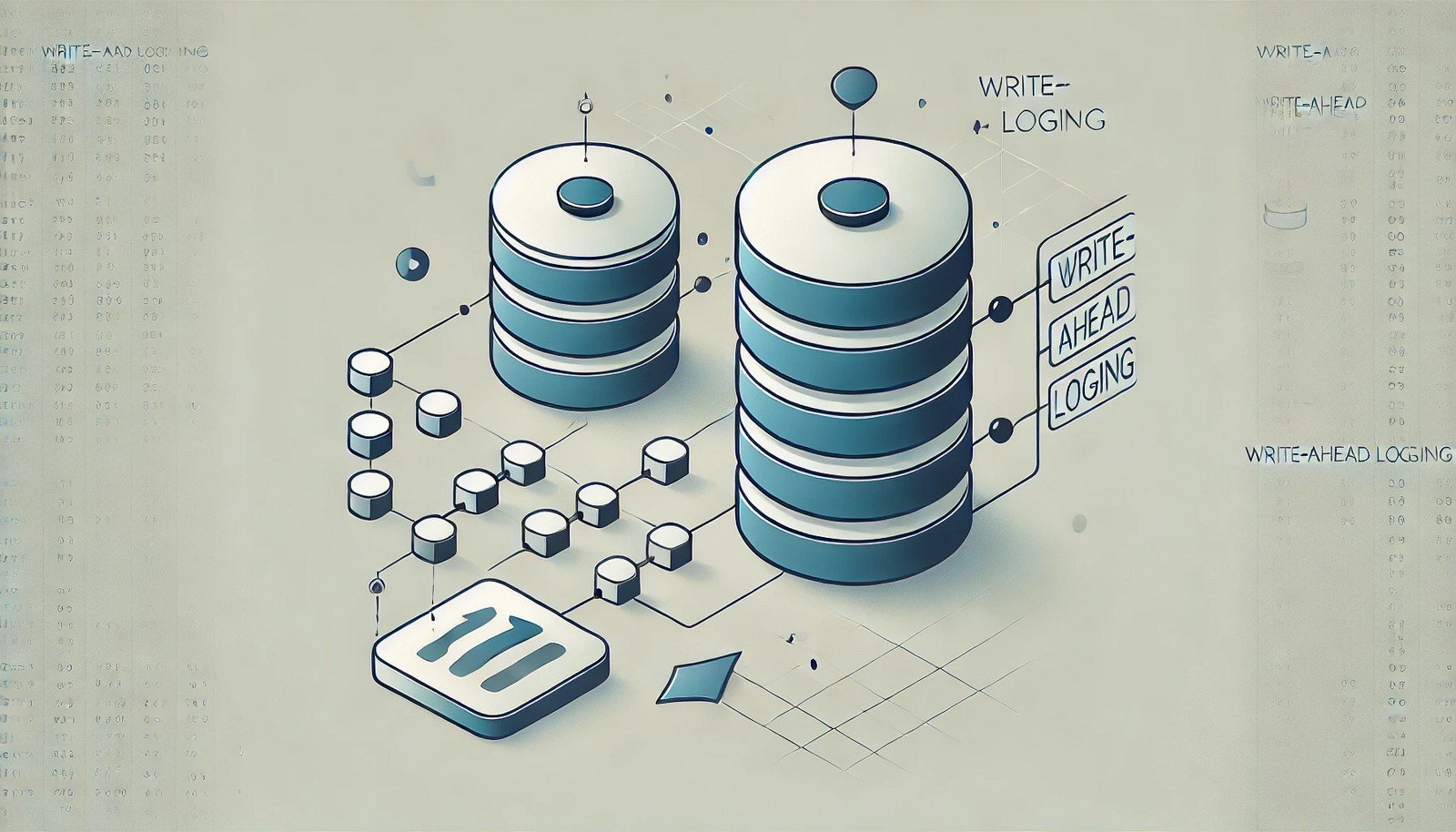Write-Ahead Logging
 (Representational Image | Source: Dall-E)
(Representational Image | Source: Dall-E)
Quick Navigation:
- Write-Ahead Logging Definition
- Write-Ahead Logging Explained Easy
- Write-Ahead Logging Origin
- Write-Ahead Logging Etymology
- Write-Ahead Logging Usage Trends
- Write-Ahead Logging Usage
- Write-Ahead Logging Examples in Context
- Write-Ahead Logging FAQ
- Write-Ahead Logging Related Words
Write-Ahead Logging Definition
Write-Ahead Logging (WAL) is a data integrity mechanism used in database management systems (DBMS). It ensures that any changes to a database are first recorded in a log before being applied to the database itself. This approach provides durability and atomicity, ensuring that transactions are recoverable even in the event of a crash. WAL helps databases maintain consistency by allowing rollbacks and crash recovery, making it a fundamental technique in transactional database systems such as PostgreSQL, MySQL (with InnoDB), and SQLite.
Write-Ahead Logging Explained Easy
Imagine you are writing a diary, but before writing on the final pages, you always jot down what you want to write on a scratch paper. If something goes wrong, you still have the scratch paper as a backup. Write-Ahead Logging works the same way—it saves a temporary record of changes before applying them to the database. That way, if something unexpected happens, the database can always refer to the log and correct itself.
Write-Ahead Logging Origin
The concept of logging before applying changes originated from early database research in the 1970s. WAL became a critical component in database systems as computing power increased, enabling transactional integrity and crash recovery. Its modern implementation has evolved with the advancement of relational database management systems (RDBMS) and distributed databases.
Write-Ahead Logging Etymology
The term "write-ahead logging" originates from its core concept: changes must be "written ahead" in a log before they are committed to the database. The phrase emphasizes the preemptive nature of logging data before its final storage.
Write-Ahead Logging Usage Trends
WAL is extensively used in modern databases, especially those requiring ACID (Atomicity, Consistency, Isolation, Durability) compliance. Over the years, it has gained more significance with the rise of cloud-based and distributed database systems. Technologies like PostgreSQL, Apache Cassandra, and Microsoft SQL Server rely on WAL for robust data recovery and transactional consistency.
Write-Ahead Logging Usage
- Formal/Technical Tagging:
- Database Management Systems
- Transaction Logging
- ACID Compliance - Typical Collocations:
- "WAL mechanism"
- "write-ahead logging protocol"
- "WAL-based recovery"
- "database transaction logging"
Write-Ahead Logging Examples in Context
- A PostgreSQL database uses Write-Ahead Logging to ensure data is not lost in case of a power failure.
- In SQLite, WAL mode improves read performance by allowing concurrent reads while new transactions are logged first.
- Large-scale cloud databases employ WAL to replicate and synchronize transactions across multiple data centers.
Write-Ahead Logging FAQ
- What is Write-Ahead Logging?
Write-Ahead Logging (WAL) is a method where changes to a database are first recorded in a log before being applied to ensure data integrity and crash recovery. - Why is WAL important in databases?
It ensures durability and atomicity, allowing databases to recover from crashes without losing committed transactions. - Which databases use Write-Ahead Logging?
PostgreSQL, SQLite, MySQL (InnoDB), and many other database management systems rely on WAL for transaction safety. - How does WAL improve performance?
WAL reduces the need for frequent disk writes by batching updates, improving performance in high-transaction environments. - Is WAL enabled by default in PostgreSQL?
Yes, PostgreSQL uses WAL by default to ensure ACID compliance. - What happens if a database crashes while using WAL?
The database can recover by replaying the WAL logs to restore transactions up to the last committed state.
Write-Ahead Logging Related Words
- Categories/Topics:
- Database Recovery
- Transaction Management
- Data Integrity
Did you know?
Write-Ahead Logging was a key factor in the development of modern NoSQL databases, influencing how distributed systems manage fault tolerance. Companies like Amazon and Google have used WAL-based techniques in their database architectures to ensure high availability and reliability across global data centers.
PicDictionary.com is an online dictionary in pictures. If you have questions or suggestions, please reach out to us on WhatsApp or Twitter.Authors | Arjun Vishnu | @ArjunAndVishnu

I am Vishnu. I like AI, Linux, Single Board Computers, and Cloud Computing. I create the web & video content, and I also write for popular websites.
My younger brother, Arjun handles image & video editing. Together, we run a YouTube Channel that's focused on reviewing gadgets and explaining technology.



Comments powered by CComment